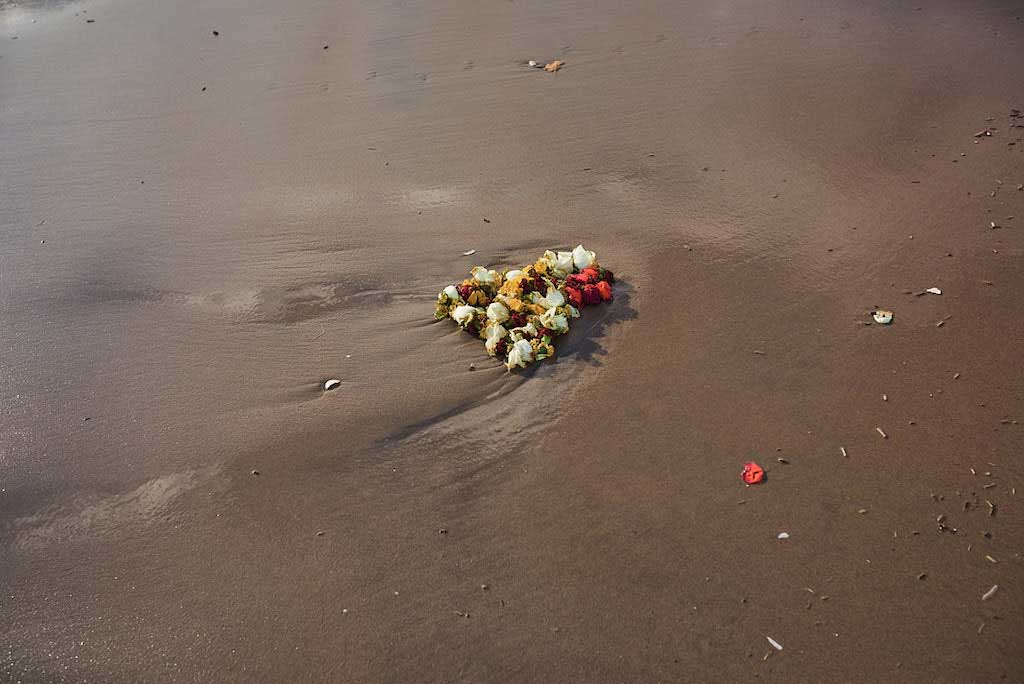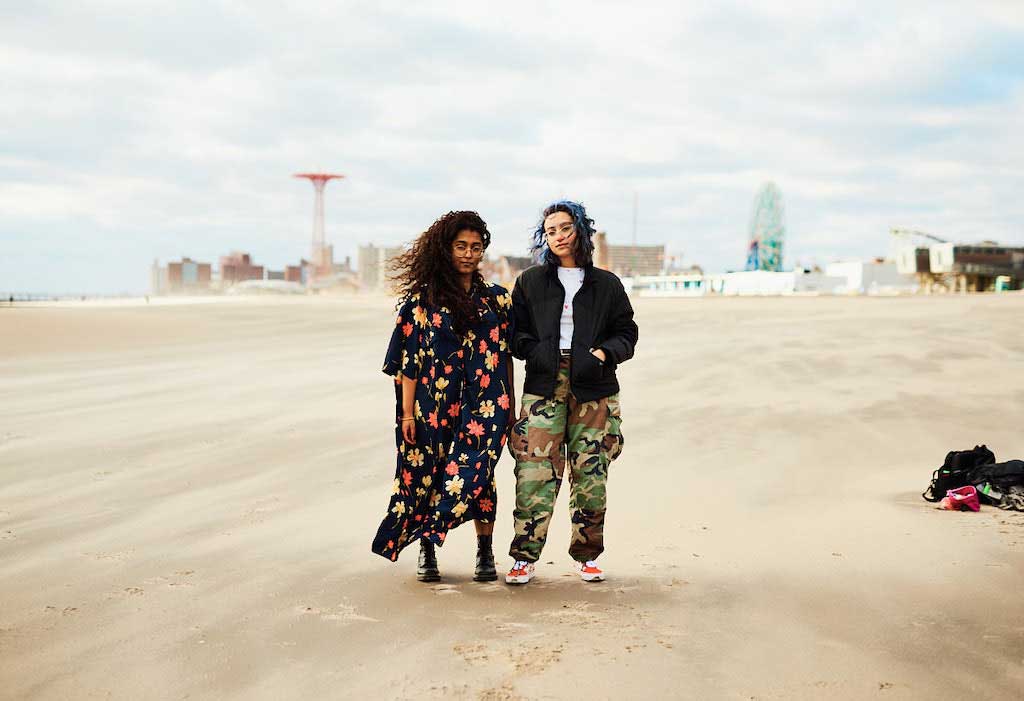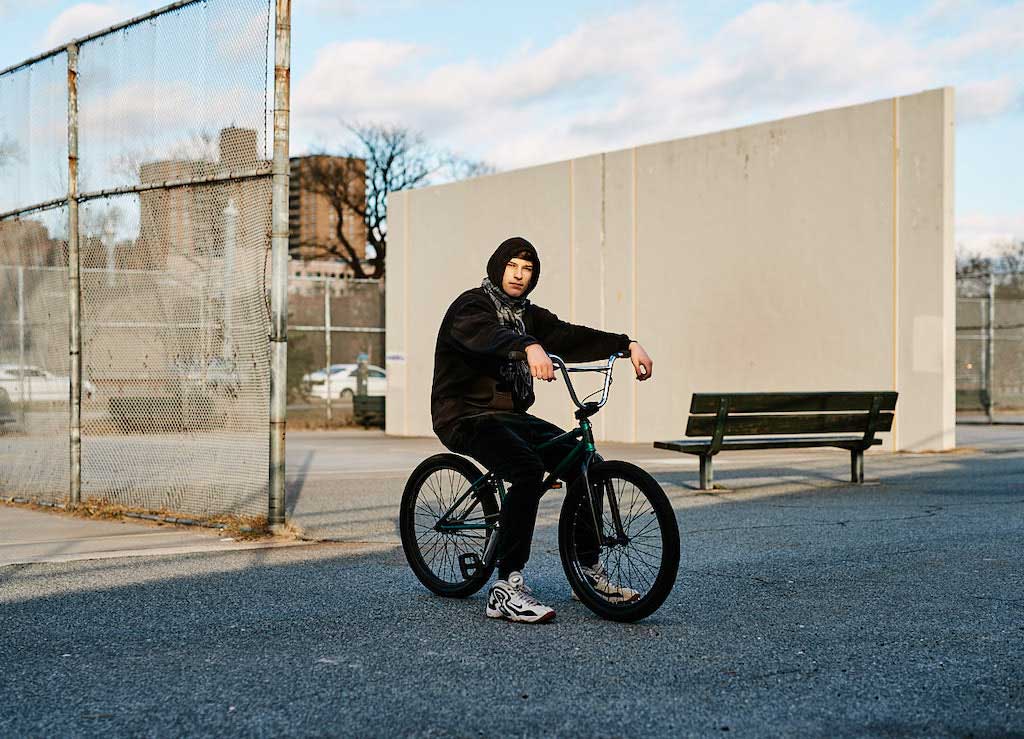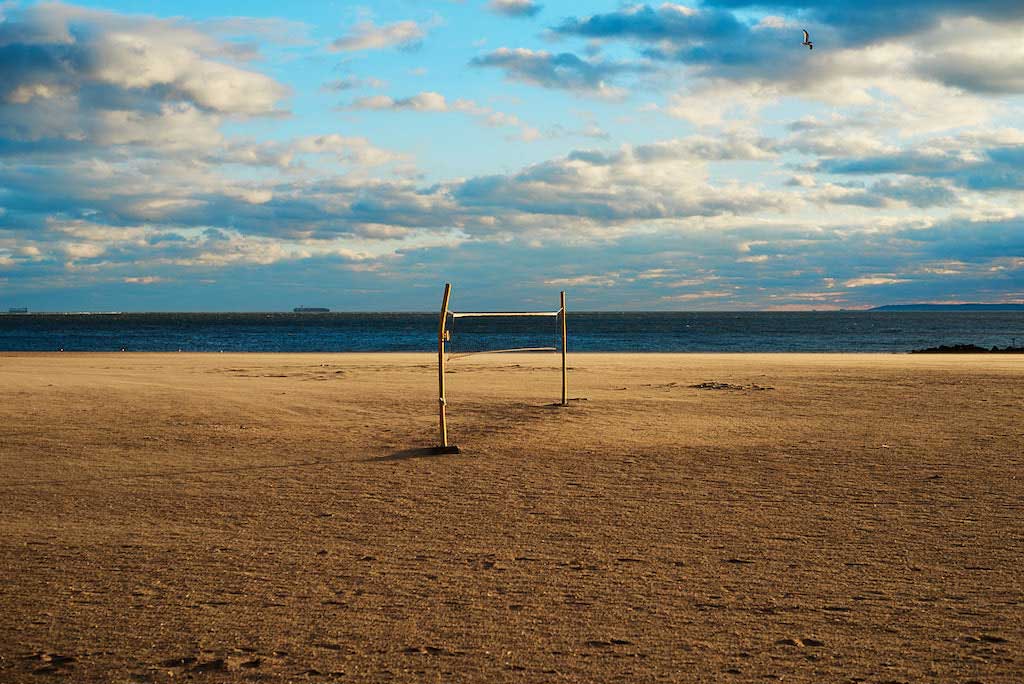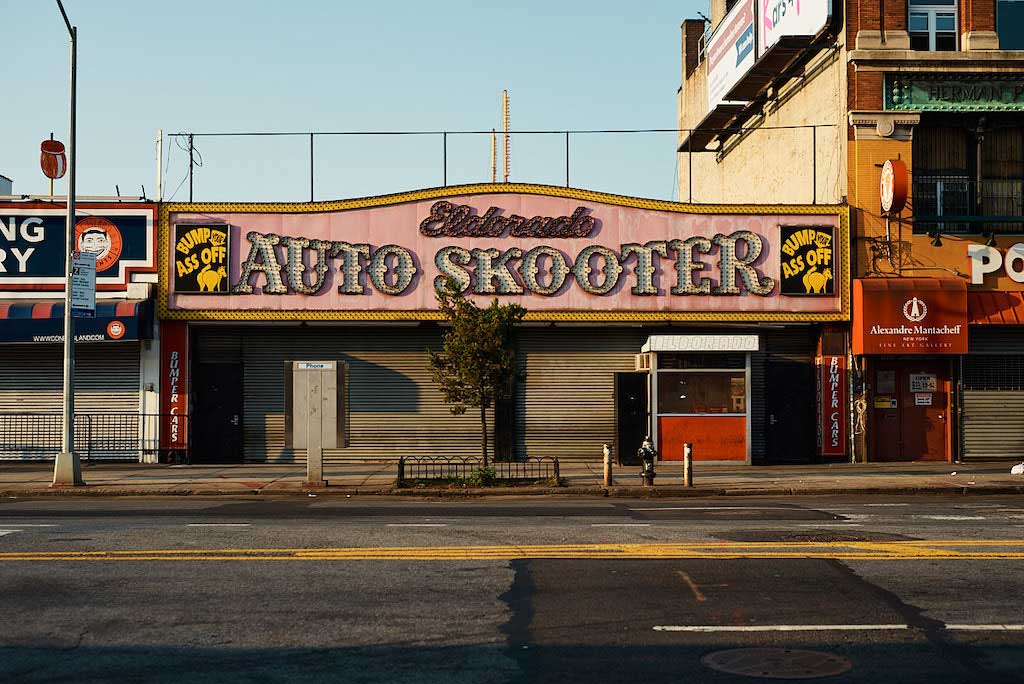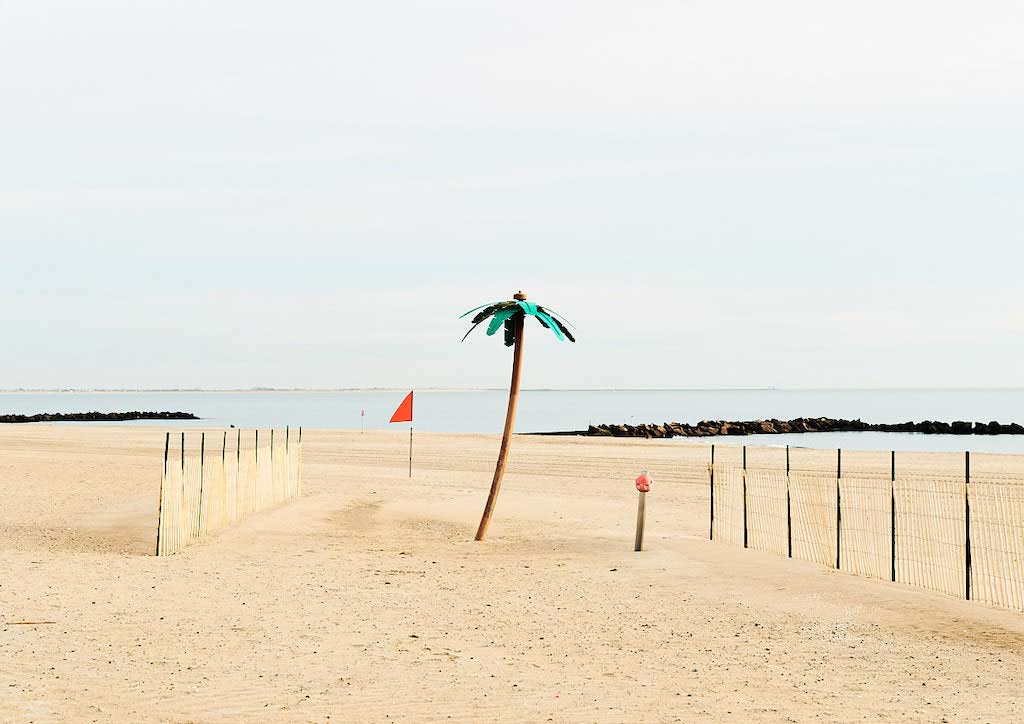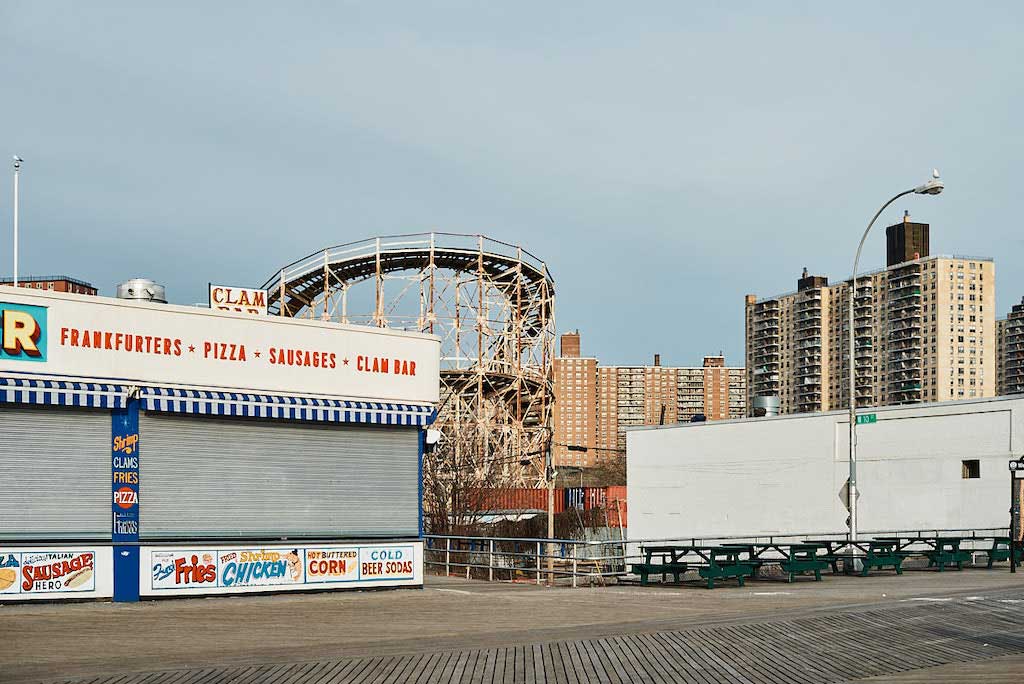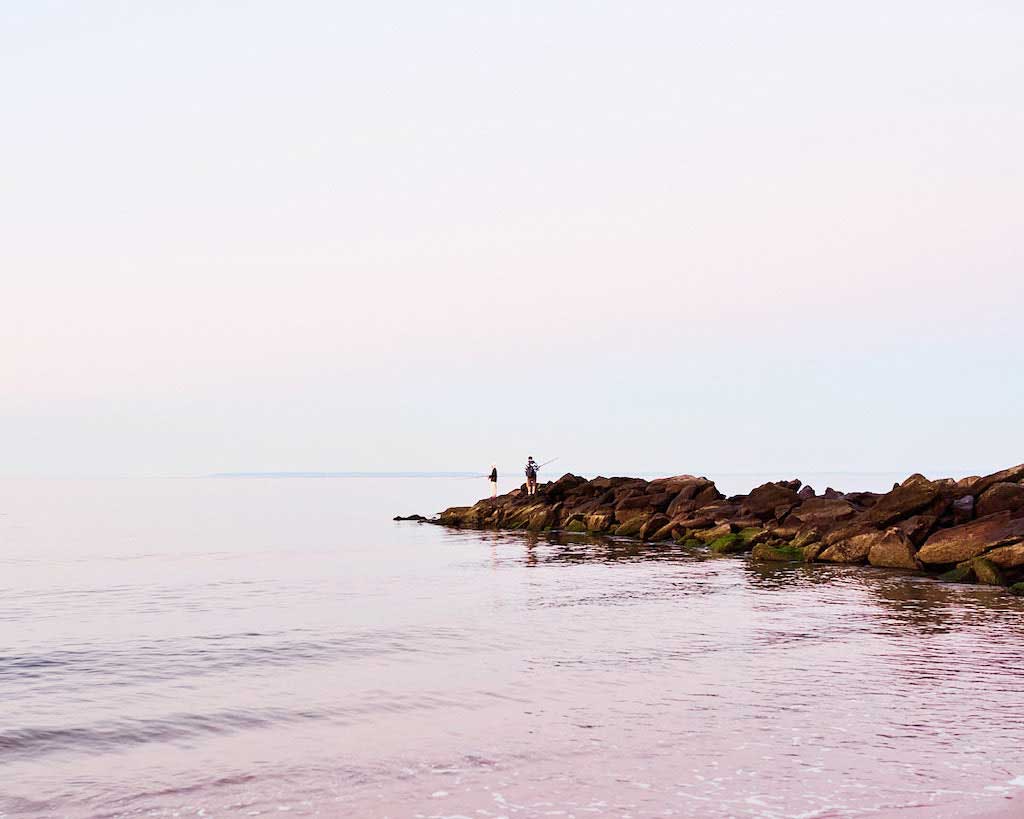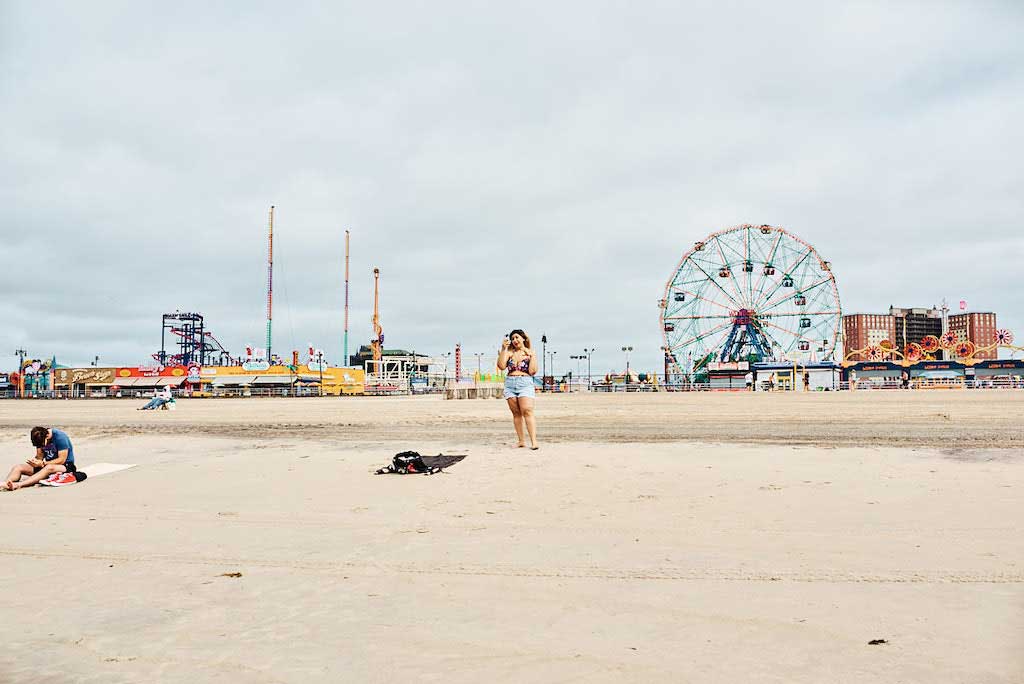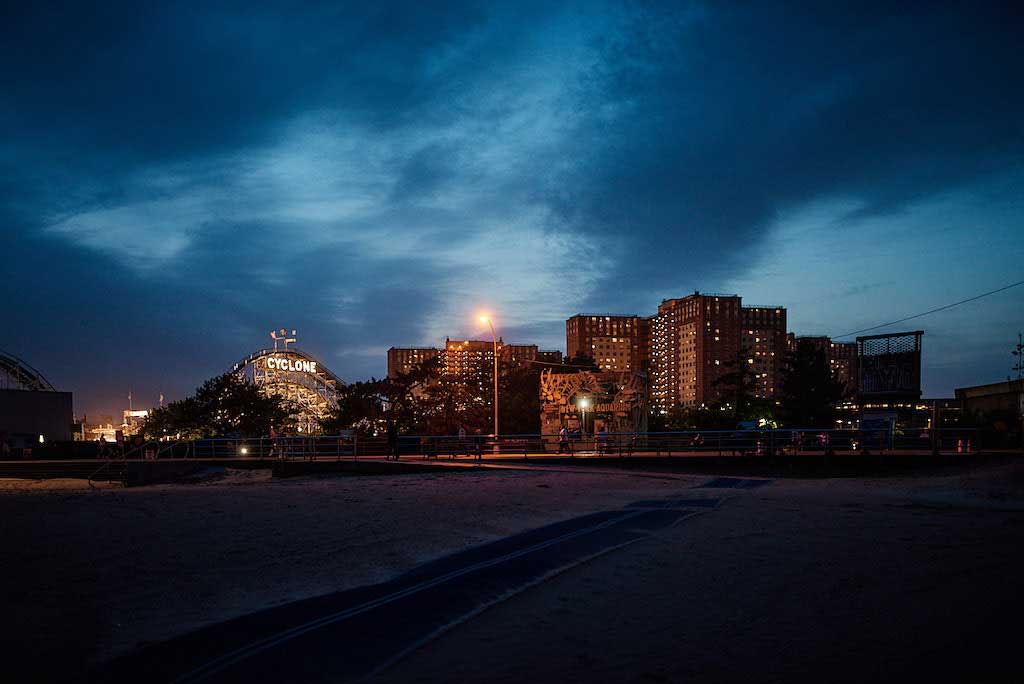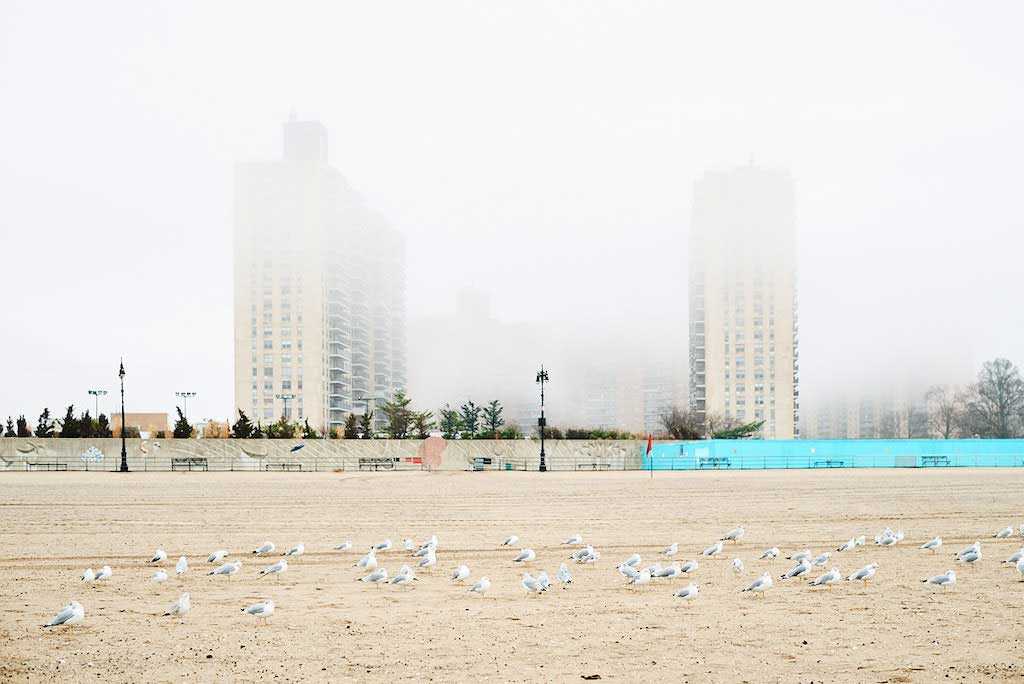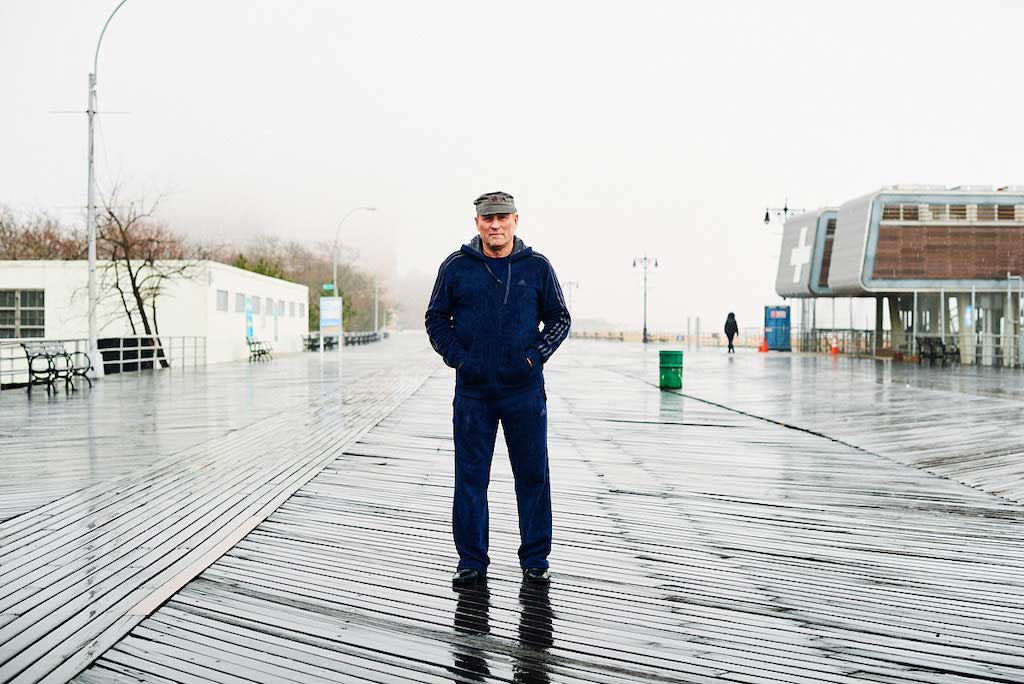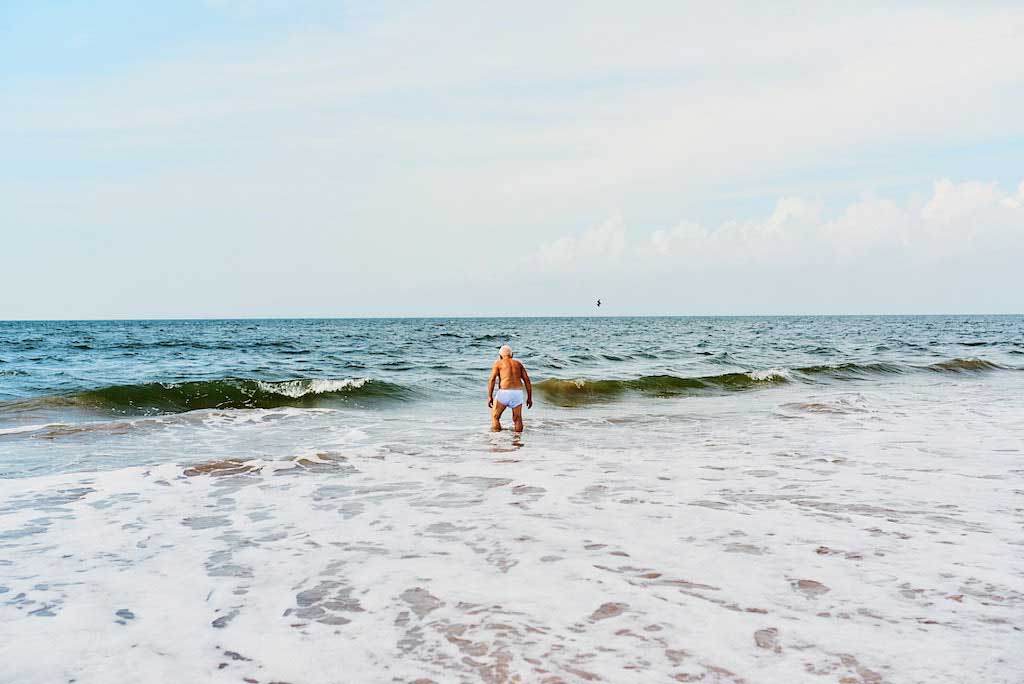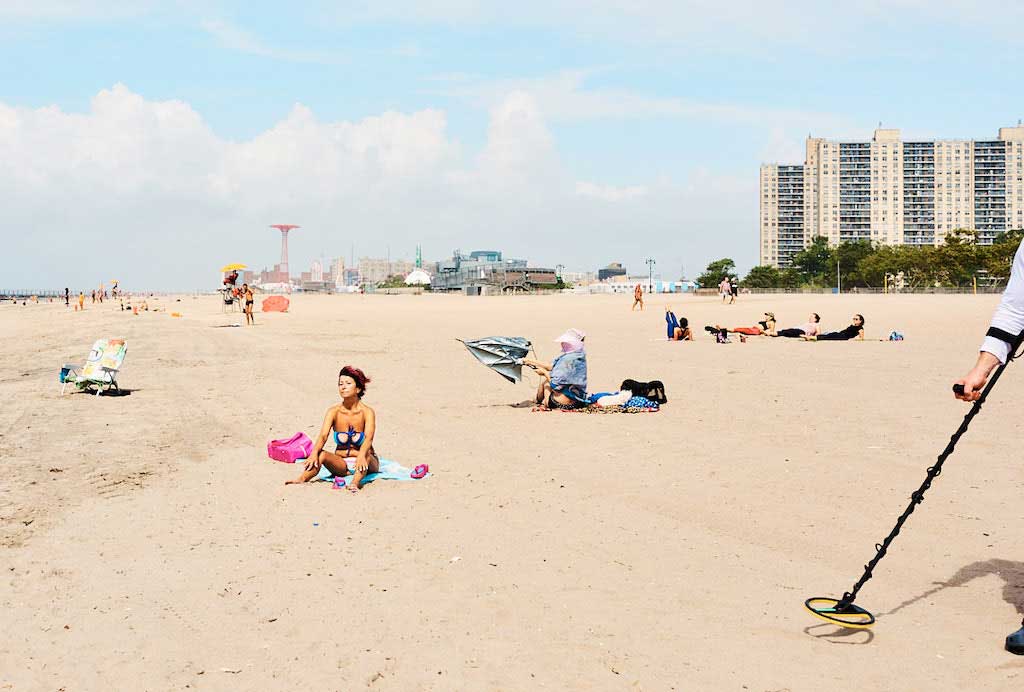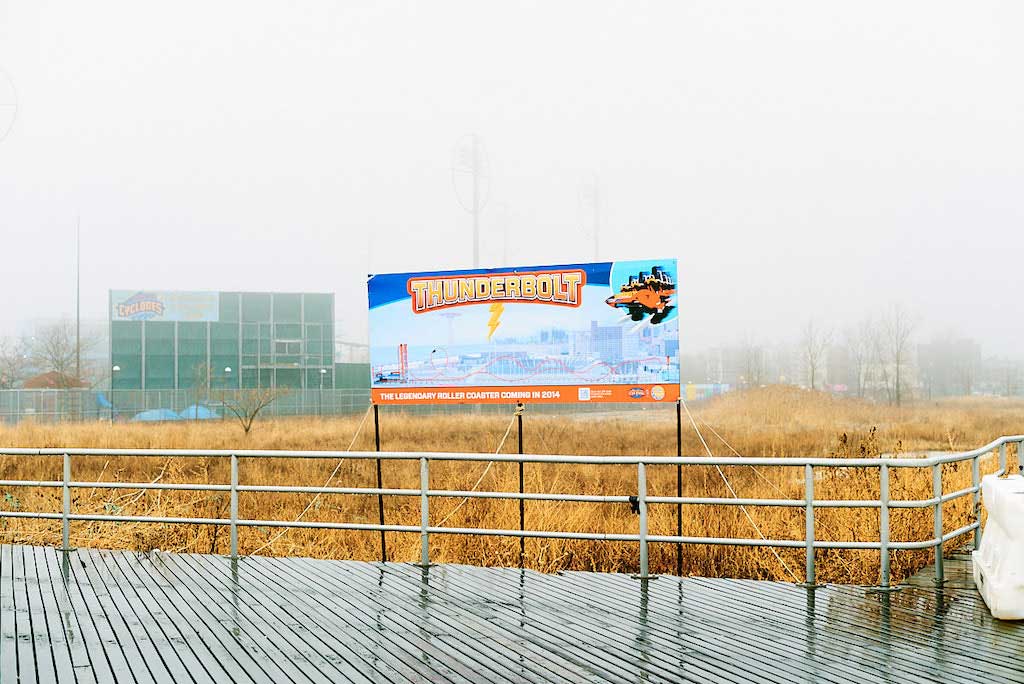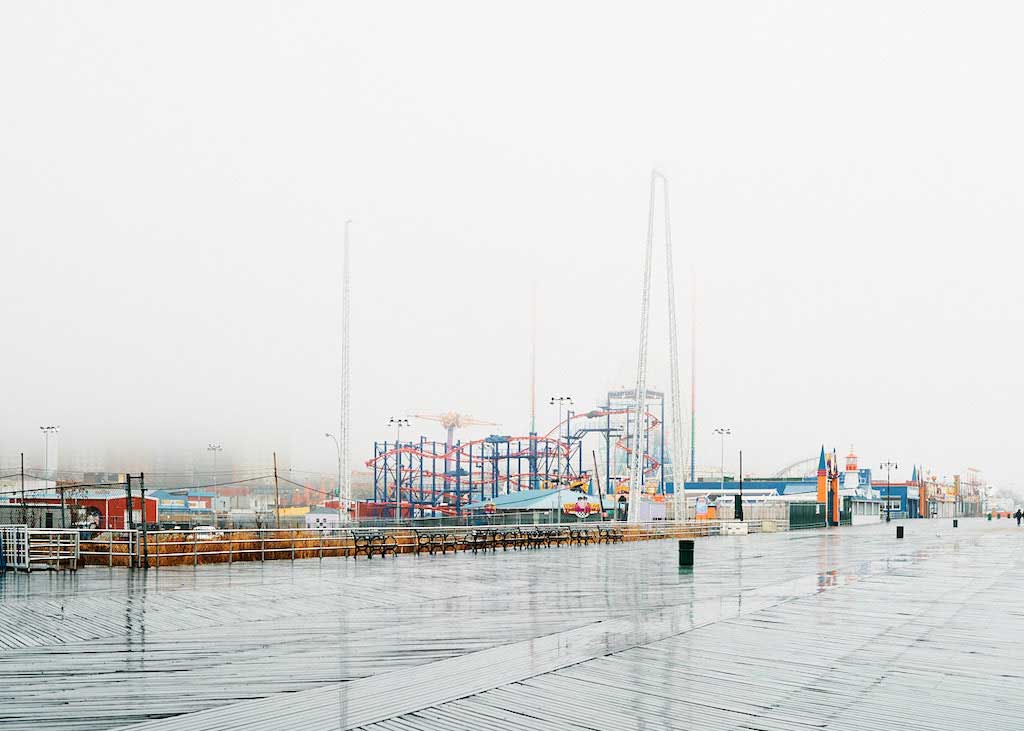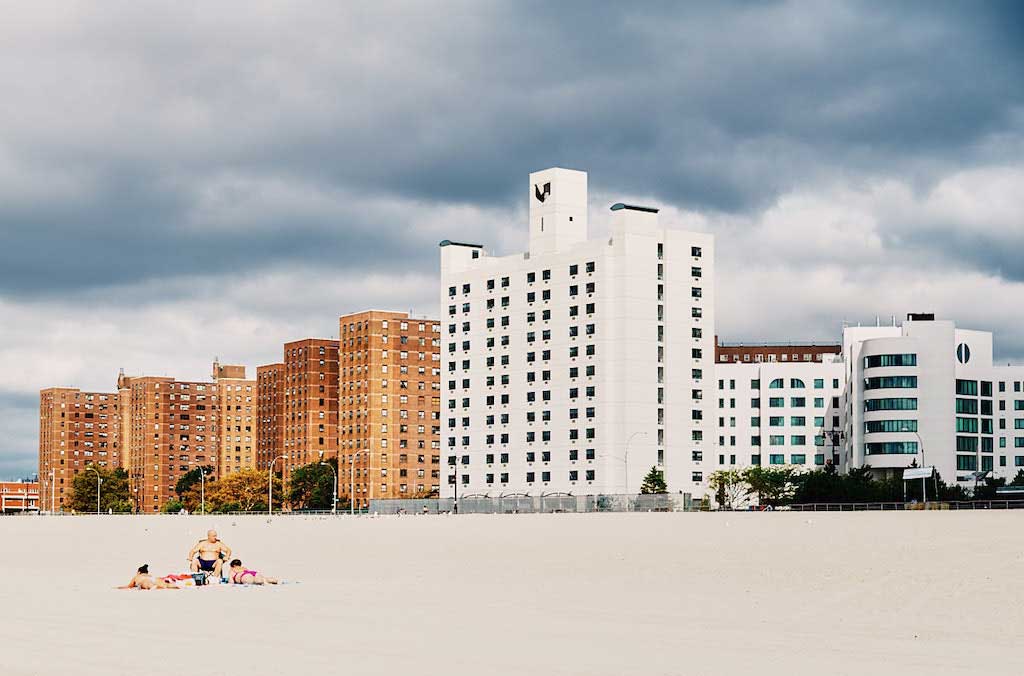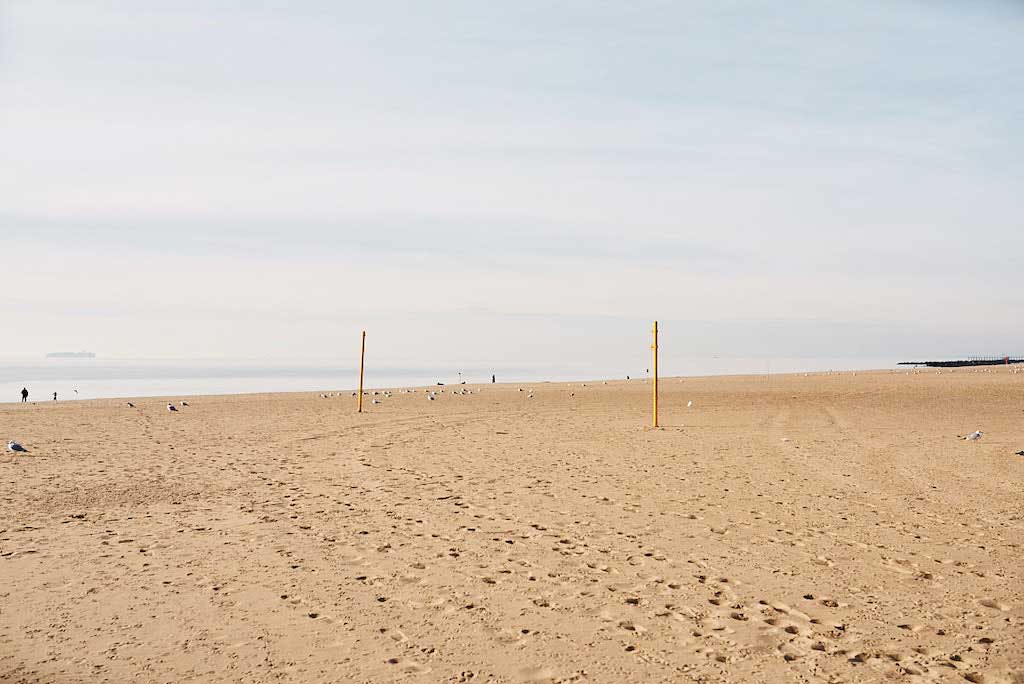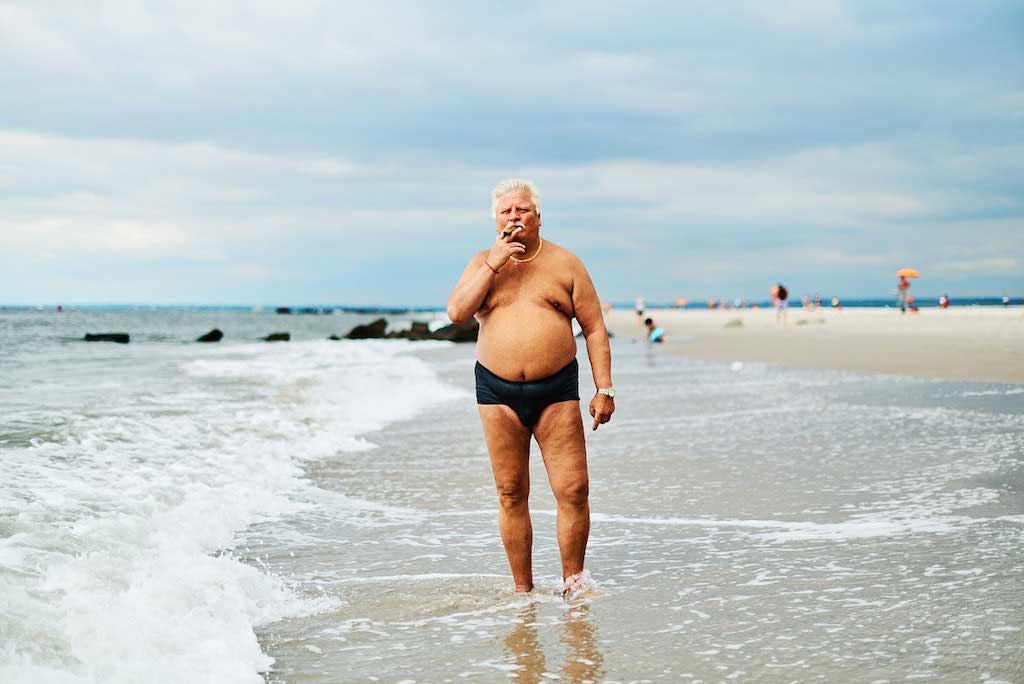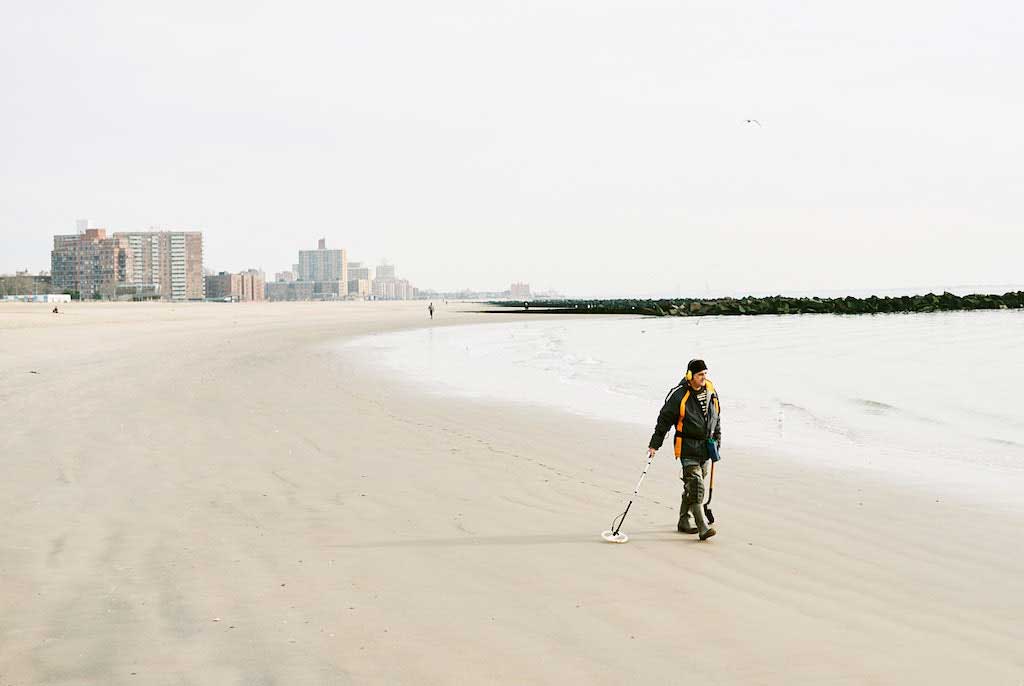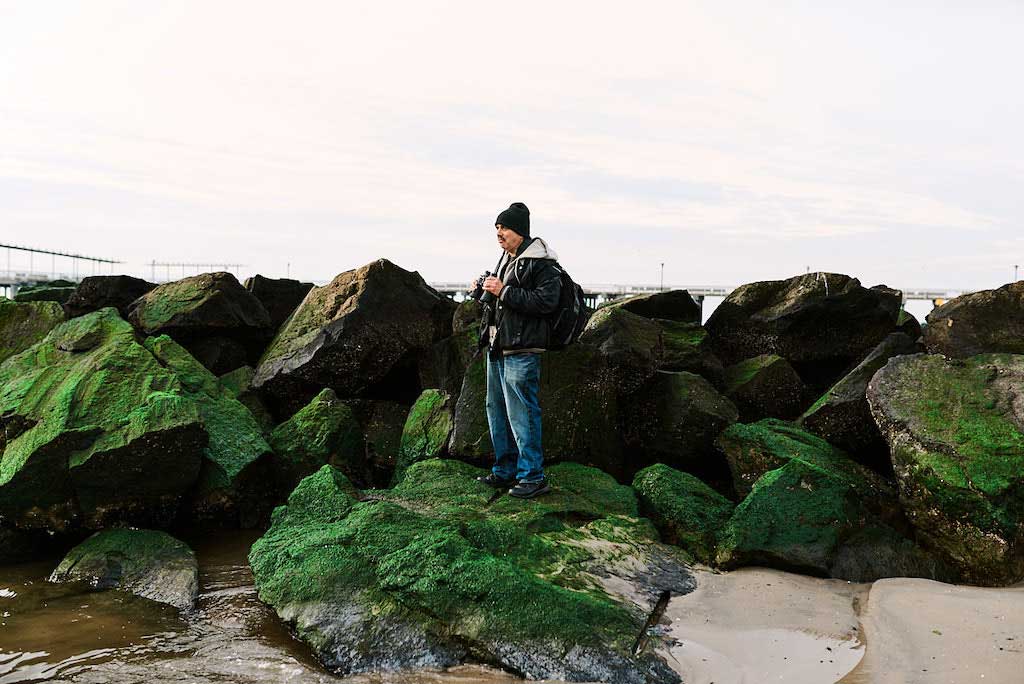I still remember my decision to visit Coney Island. It was December 2013 and I made a spur of the moment plane ticket purchase to New York, my first trip.
A few months prior I had returned from a European adventure and was now bored and listless in my little apartment. After spending a month in Russia, I knew there was a large Muscovite community in New York, especially Southern Brooklyn, also known as Little Russia/ Odessa.
New York was unwelcoming – rainy, slushy, and cold. I was lonely. My apartment, a cozy walkup at 171st and Lexington felt a world away from the Manhattan core and the funky sites of Brooklyn and beyond. On a whim, I decided to take the train down to Coney Island, a monumental journey of over two hours. I was antsy and had nothing else to do in the rain.
Coney Island was shuttered and deserted. The Atlantic was frothing angrily, beating the shoreline and throwing walls of stinging spray at the beach and boardwalk, as if trying to topple the old Parachute Drop, standing watch over the Riegellman Boardwalk.
After a few minutes of this I was thoroughly soggy and having an increasingly hard time keeping my delicate camera equipment dry. I had not my day trip through particularly well. And it was now at least a two hour subway ride from the beach to my northerly rental, accounting for MTA delays.
I took refuge in the closest public washroom. Like the beach, it was deserted. I stripped down to my sodden boxers and began to dry each piece of clothing exhaustively under the hand dryer, one by one. Then each piece of camera gear, and finally the smaller accessories. Over the next twenty minutes several people walked in, eyeing me for a beat, then dismissing me as another Coney Island eccentric. I began to warm to the place as I dried out.
The rain tapered off after another fifteen minutes or so, leaving me freezing, but acceptably dry. I poked my head out of the washroom door and scanned my immediate surroundings. A few local power walkers marched straight ahead, eyes down, hands pumping. On the beach, a few intrepid Russian men jogged between groups of gulls, like Rocky Balboa.
Otherwise the place was mine. I jumped out of the washroom and rejoined the boardwalk just below the Parachute Drop, most of Luna Park now smothered hauntingly in fog, looming like a giant amusement park squid.
If you are a nostalgic sentimental like me, you will enjoy Coney Island. There is a lot of old stuff – rides, signs, and people (mostly Russian locals that came over after the collapse of the USSR). Not all of it is new, of course (an Applebee’s had opened when I last visited in 2018). But most of it has been around for a while, like Nathan’s Famous.
It was here in 1916, in the middle of the Great War, that Nathan Handwerker fired his own salvo, giving the world the hot dog served from the original Nathan’s Famous hot dog stand. A significantly enlarged Nathan’s Famous still sits on the corner of Surf and Stillwell Avenue, feeding the hungry beach- going masses that disembark as a giant blob from the metro station across the street.
A large part of Coney Island’s appeal in the offseason is the large empty space it offers the urban adventurer. It’s rare in New York city to have an abundance of open, and empty, space to think about the world around you. Here you have kilometres of boardwalk, a deep beach that stretches hundreds of feet from the waters edge to the attractions, and the Atlantic ocean, crawling with sharks, ocean birds, and lots and lots of plastic. You can see the horizon clearly! And the trawlers that inch along it.
As I head East along the Riegelmann boardwalk I pass the famous shuttered shops that provide so much fun and food throughout the year: Famiglia Pizzeria, Coney’s Cones, and Paul’s Daughter Take-Out. The rides sit solemn and unmoving in the mist. The Thunderbolt (which was just a sign and a large empty field when I first visited), now twists and turns like a New York politician. The Soarin’ Eagle sits brooding on it’s perch. The iconic all wood Cyclone Roller Coaster, arguably Coney’s most famous, slowly rots in the rain, waiting for the warmth of the sun and young, carefree riders to bring it to life late into the sweltering, romantic night.
Just beyond, I pass the New York Aquariam where you can hear Sea Lions calling early mornings, waiting to be fed. During the offseason, there’s really no one around save for the locals who live in the old apartment buildings that line the street. The penguins on the other side of the Aquariam wall miss their audience. The people you meet at Coney Island during the offseason come for two reasons: like me, they want to explore an area without distraction with an air of sad melancholy or b) they live nearby and moved here because of the local Jewish and Russian communities to be by the water and promenade the boardwalk.
About Daniel Skwarna
Daniel Skwarna is a multi-award winning documentary photographer and published writer. His personal work explores isolated communities, addiction, and mental illness. He has worked in the United States, Iceland, England, Scotland, Ireland, Cuba, Turkey, Israel and the West Bank, Greece, France, Germany, Belgium, Austria, Switzerland, the Netherlands, the Czech Republic, Luxembourg, Estonia, Latvia, Lithuania, Montenegro, Serbia Croatia, Bosnia & Hercegovina, Kosovo, Slovakia, Sarajevo, Poland, and Russia.
Daniel attended the University of Toronto and holds a degree in History, Fine Art History and Near and Middle Eastern Civilizations. Select commercial and editorial clients include: Apple, BDC, Celestica, Mercedes-Benz, Invesco, Report on Business, Fortune Magazine, Spacing Magazine, Beside Magazine and the Globe & Mail.
Recent awards include: Applied Arts, 2021 Lensculture Portrait Award Finalist, and American Photography 37. He lives in Toronto with his wife, Sarah, and daughter Lumen. [Official Website]



